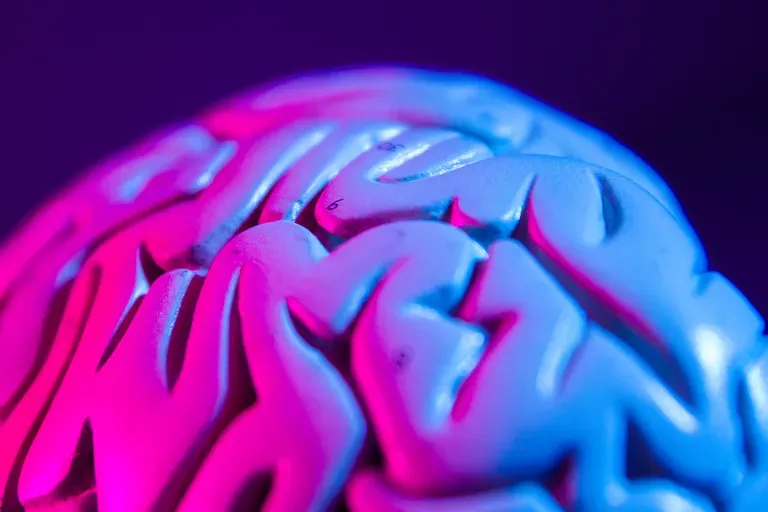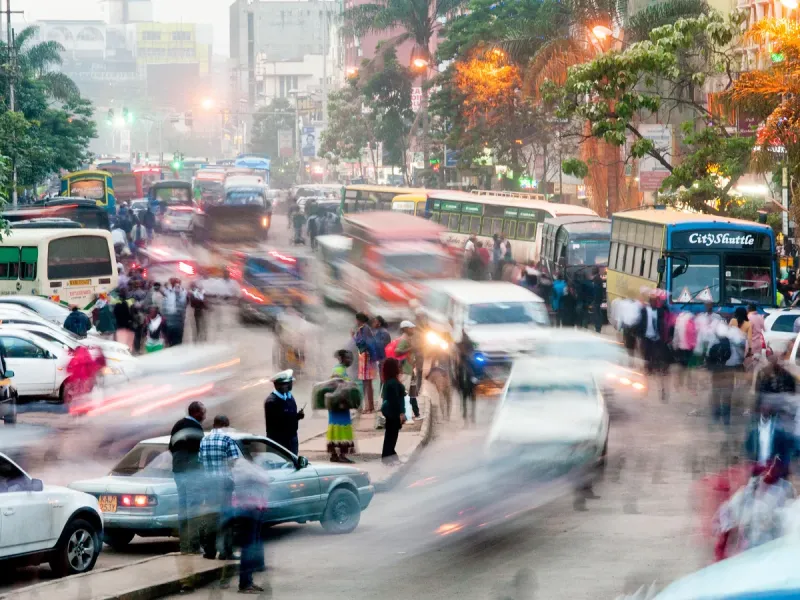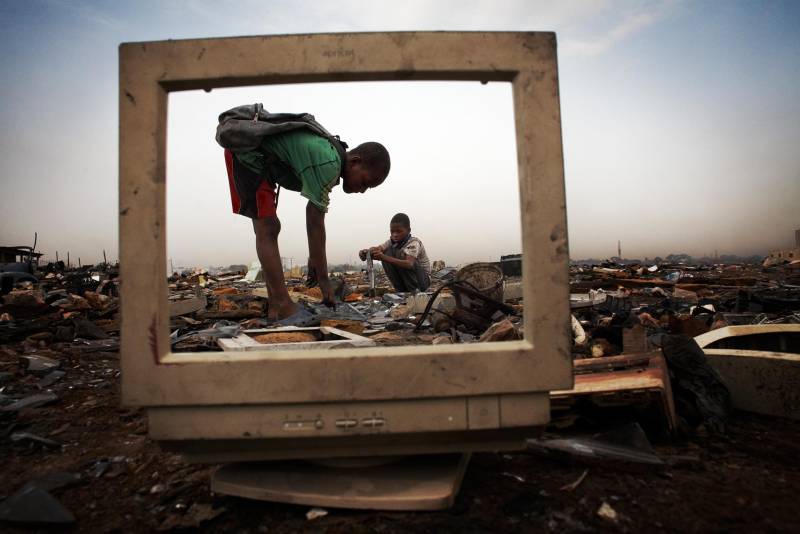A multiyear search attempts to explain one of the most extreme, and baffling, cases of human survival.
Mount Rokkō towers over the Japanese city of Kobe, a landscape of rolling hills complete with hiking trails and an unparalleled view of Osaka Bay. Every year, the 3,000-foot-high peak becomes awash with the red, yellow and orange leaves of fall, making it a popular destination for barbecues and youthful revelry.
In October 2006, Rokkō provided the perfect place for Mitsutaka Uchikoshi, a 35-year-old civil servant, to go picnicking with a group of friends. After a day spent sharing food and stories near the peak, Uchikoshi's friends decided to take the cable car back to Rokkō's base and head home. Uchikoshi chose to hike down one of the mountain paths alone.
Then he disappeared.
On his way down, Uchikoshi lost his footing, causing him to slip, knock his head and break his pelvis. Unable to move or call for help, he lay wounded on the side of the mountain. At night the autumn cold, dropping as low as 50 degrees Fahrenheit, crept into his bones. He passed out.
After 24 days, he was found by a passing climber and transferred to Kobe City Medical Center General Hospital. He was extremely hypothermic and cold to the touch. Many of his organs were failing. According to news reports at the time, Uchikoshi's doctors reasoned he had fallen into a state "similar to hibernation," just like a groundhog might.

When I first heard the story, I quickly became fascinated by it -- for two reasons. First, it was a tale of superhuman survival. Uchikoshi had overcome broken bones, freezing cold and extreme levels of hunger that should have killed him. Not only did he survive, he was discharged from hospital after 50 days with no lasting injuries. If his doctors were right, something must have changed in Uchikoshi's brain, enabling his body to enter an unheard-of period of stasis. But what exactly?
Second was the story itself. Doctors at Kobe Hospital were incredulous that Uchikoshi had survived. The spate of press the case received suggested other physicians, outside of Kobe, were skeptical this was really hibernation at all. Some deemed the feat physiologically impossible. Once Uchikoshi was released from the hospital, the press and scientists seemed to forget about his case. There were no reports in the scientific literature as to what, exactly, had kept him alive and no explanation for his extraordinary persistence on the peak. Yet his tale remains one of the most commonly cited examples of a latent ability for humans to hibernate.
What really happened to Mitsutaka Uchikoshi on that mountain in 2006? I began trawling the web in 2019, searching for leads on his whereabouts. I fired off emails to journalists who had been at the press conference in 2006. I asked Japanese researchers I knew, from the nation's space agency and other facilities, to see if they could track him down or if they could find the doctor who fronted the presser.
To understand his ordeal on the mountain, I would need to investigate how scientists are using extreme cold to induce a state of suspended animation in trauma patients. I would need to learn what spaceflight companies think about hibernation during interplanetary voyages, beyond the orbit of the moon and Mars, and explore how neuroscientists are unraveling the chemical mysteries inside the brain to activate hibernation-like states in other mammals. And lastly, I would need to try to find Uchikoshi.
Uchikoshi's hibernation had become a holy grail, but it seemed like he'd become a ghost. Chasing that ghost first led me to zombies.
Zombie dogs
In 1999, a handful of researchers from the Safar Center for Resuscitation Research at the University of Pittsburgh sent a pack of hunting dogs to the afterlife.
Then they brought them back.
The "zombie dogs," as they were christened by a New York Times headline in 2005, demonstrated that rapid cooling of the circulatory system could send the canines into a state of suspended animation.
In the Safar Center's procedure, the dogs' blood was drained from their bodies and slowly replaced with a cold, saline fluid providing basic nutrients and oxygen. Without blood, the dogs' hearts stopped and their brains went quiet. Clinically dead. Researchers removed the cold saline fluid and returned the warm blood 60 minutes later. The dogs, after a jolting electric shock, were revived. The majority of the canines didn't suffer any brain damage.
It's one of the more profound experiments studying "therapeutic hypothermia," a practice that's become common in hospitals around the world for a handful of conditions, such as heart attacks and brain injuries caused by oxygen deprivation. If we think of the brain like a computer, therapeutic hypothermia enables it to be put in standby, keeping it powered but preventing it from completely shutting down. This gives doctors time to repair and reboot patients.
The work on the zombie dogs opened up the possibility that trauma patients, who quickly lose gallons of blood due to a stab wound or gunshot injury, could avoid death if their bodies were efficiently cooled.
"I want to make clear that we're not trying to send people off to Saturn."
Dr. Samuel Tisherman, University of Maryland School of Medicine
The science of therapeutic hypothermia is well understood. Our cells use oxygen to create energy. Under normal circumstances, the heart pumps it around our body. In trauma patients, the loss of blood leads to cardiac arrest and cells quickly become starved and die. Cooling the body down by a few degrees causes cells to slow down, so they require less energy and less oxygen.
In 2016, in an FDA-approved clinical trial, a team of surgeons at the University of Maryland School of Medicine, led by Dr. Samuel Tisherman, began investigating how the procedure might help these patients survive. It is hoped that the process, known as Emergency Preservation and Resuscitation, will improve the odds of survival for trauma patients without doing any damage to their brains.
Scientists have shown that the procedure works in pigs, but Tisherman's human trial has been difficult to get off the ground. It requires patients to arrive at the emergency department when specialized doctors, like Tisherman, are in the building and ready to perform the procedure. First floated over a decade ago, it only just reached a significant milestone, enrolling the first human patient and placing that person temporarily in "suspended animation" in November 2019. It's expected that 10 people will be enrolled by the trial's completion.
The full results of the trial are still pending and have been delayed twice, with the pandemic throwing an extra wrench in the works. It's now expected to be complete in December 2023, according to its listing on the US clinical trials database.
In Tisherman's trial lies a potential answer to Uchikoshi's good fortune on the mountain. Had hypothermia contributed to his survival? Possibly. If Uchikoshi experienced a form of hypothermia that forced his brain to switch to standby mode, it could have slowed his metabolism and lowered the amount of energy he needed to get from food and water.
The clinical trial is trying to keep patients in a state of suspended animation for only minutes or, at most, an hour or so — long enough for doctors to repair traumatic injuries. As Tisherman told New Scientist in 2019, "I want to make clear that we're not trying to send people off to Saturn."
But Uchikoshi's long period of inactivity and subsequent recovery suggests such a future might be possible.




